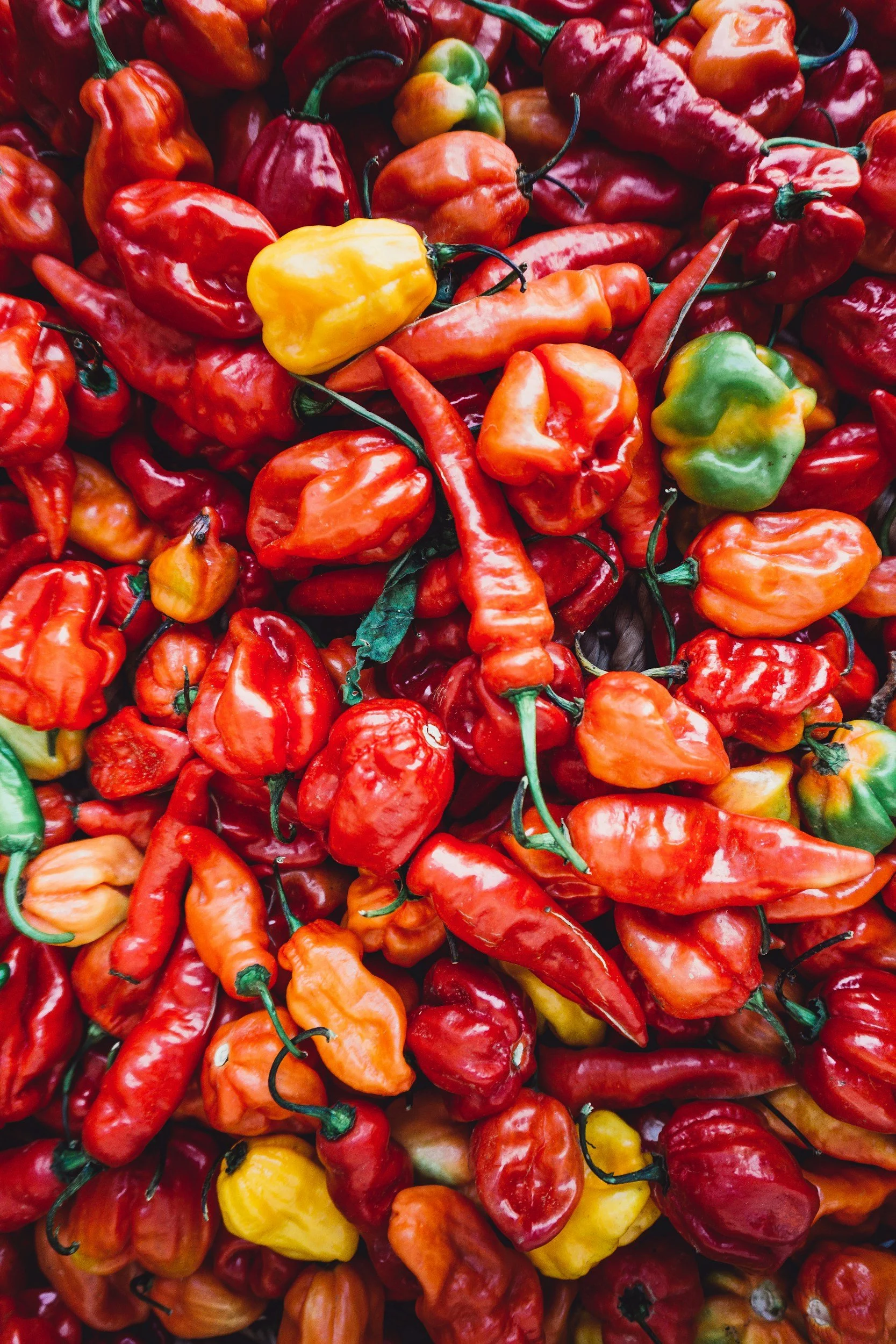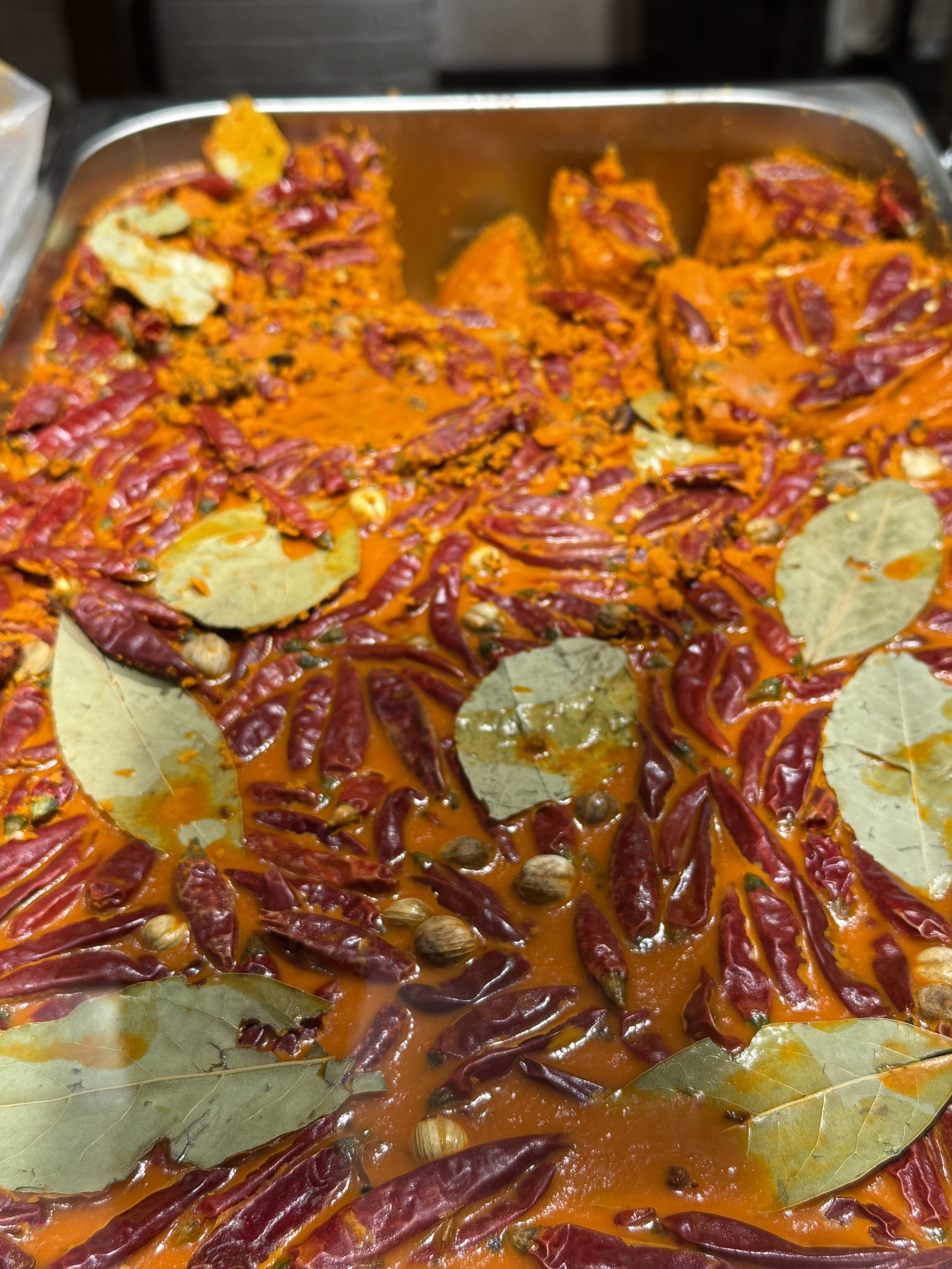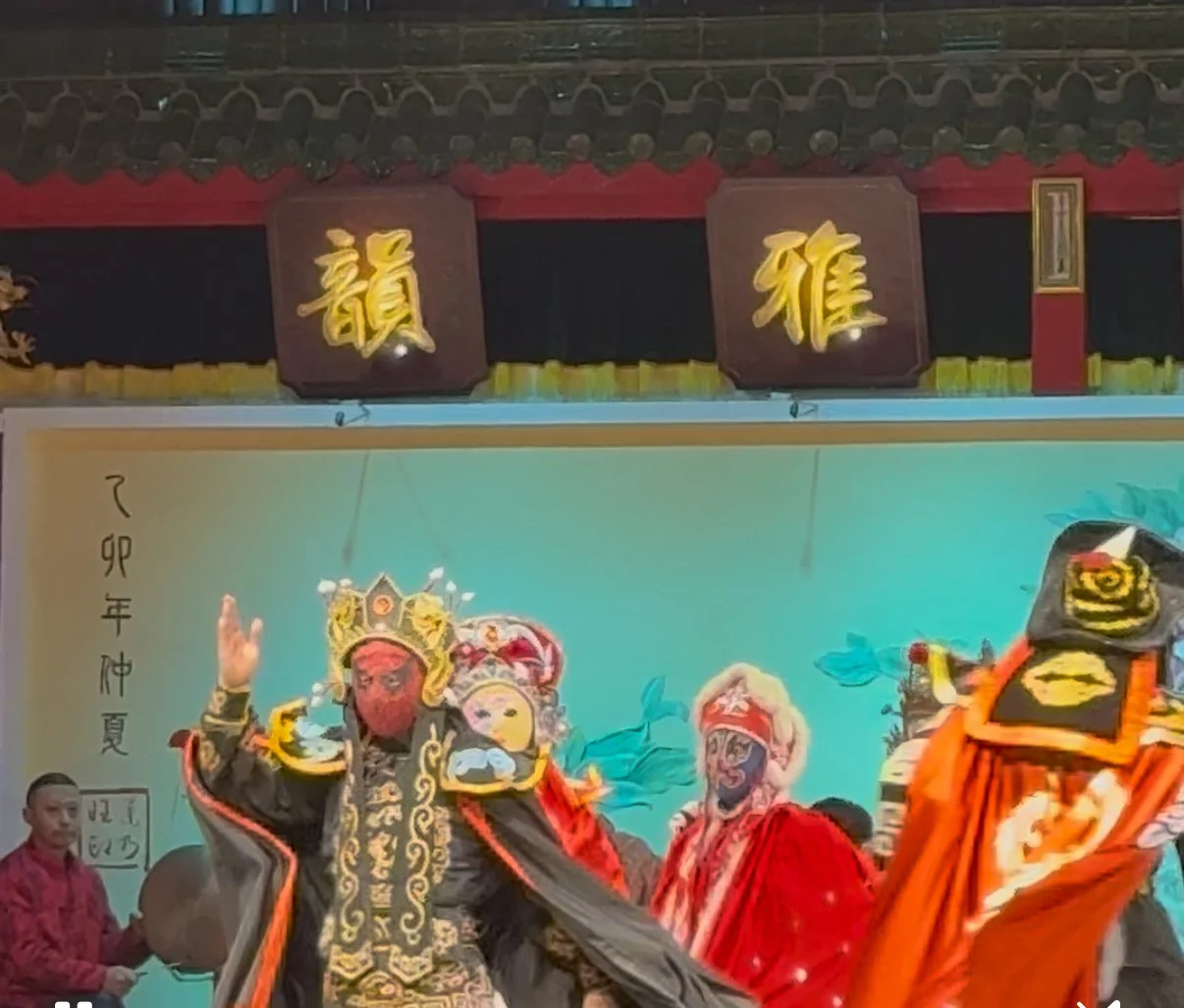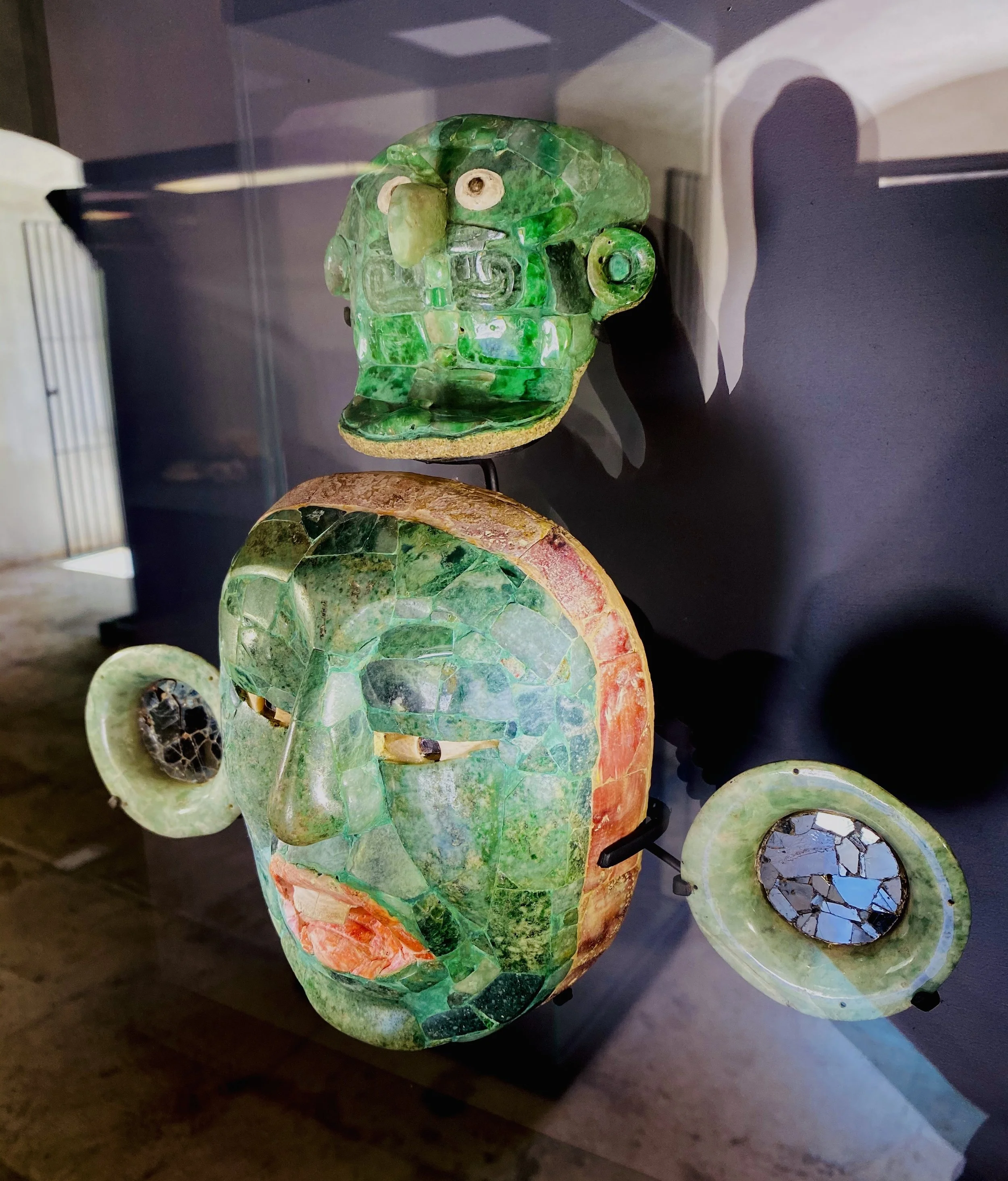The Mexico of China: Sichuan
Travel has always been a passion of mine and there’s nothing I like more than exploring a new place. Recently I was in Sichuan province in China and there was something it kept reminding me of. A place on the other side of the world on another continent. The more I thought about it and the more I compared and contrasted the two, I realised that they held many similarities. It reminded of my trips in Mexico. From the food, to entertainment, to the ancient history. (Tip: Scroll down for photographic proof.)
So here are a few (tongue in cheek) arguments I will make that Sichuan is the Mexico of China. But first let me set the scene.
Imagine you’re chowing down on a plate of street tacos in Mexico City, your mouth ablaze with fiery salsa, when suddenly—wham bam!—you’re transported across the globe to Sichuan, China, sweating over a bubbling hotpot that’s numbing your tongue into oblivion. Coincidence? De ninguna manera / bù kěnéng! If China had a long-lost twin who ran away to join a mariachi band, it would be Sichuan.
Spice Wars: Battle of the Burn
Both Mexico and Sichuan take their spice seriously—so seriously, in fact, that if you’re not crying tears of joy (or agony), you’re probably eating it wrong. In Mexico, it’s the chiles, the smoky chipotles, searing habaneros, and deep, complex pasillas, while not forgetting the jalapeños. In Sichuan, it’s the legendary peppercorn, which doesn’t just burn but numbs, tingles, and makes your lips feel like they just got back from a Botox session.
Mápò dòufǔ (Mapo Tofu) is (kinda…) Sichuan’s answer to a rich Mexican mole—layered, complex, and capable of making you sweat through your shirt. And if Mexico has tacos al pastor, then Sichuan has chuān chuàn xiāng which are spicy skewers dunked in boiling, lava-like broth. The perfect street food. Both are best consumed late at night, preferably after a questionable number of beers, in the company of people you just met but now consider family.
The love for heat extends beyond just the food. Mexicans and Sichuanese people revel in the challenge of eating spicy food, trading tales of the time they conquered the hottest dish on the menu. There’s even a ritualistic element to it; spice isn’t just a flavor, it’s an experience, an event, and a test of endurance.
In Mexico, the heat comes from the peppers themselves—raw, roasted, dried, or blended into sauces that range from tangy to combustible. In Sichuan, the sensation is more complex: the numbing of the peppercorn combined with the fiery kick of dried red chilies creates a flavor explosion known as "málà" which creates a numbing dance of heat and tingling that lingers long after the meal is over.
But beyond the spice, the two cuisines share a love for layering flavors. Sichuan dishes incorporate ginger, garlic, star anise, and fermented bean paste, while Mexican cuisine relies on cumin, oregano, chocolate (in moles), and lime to build its bold and intricate taste profiles. It’s not just about burning your mouth, the spice adds depth, complexity, and the celebration of culinary craftsmanship.
An assortment of Mexican chillies.
Source: Unsplash
Hotpot Base in Chengdu.
Source: Lachlan Page ©
Masked Madness: Lucha Libre Meets Face-Changing Wizards
If you thought masked Mexican wrestlers were the ultimate showmen, wait until you see Sichuan opera’s biàn liàn. In one corner: luchadores like El Santo, flying through the air in dazzling, tight-fitting spandex, their masks turning them into legends. In the other: Sichuan opera performers, flicking their heads to swap painted masks faster than you can say “How did they DO that?!”
Lucha libre masks scream power, mystery, and the undying right to pile-drive your opponent through a folding chair. The mask isn’t just decoration, it’s part of their identity. Some wrestlers never remove their masks in public, carrying their lucha persona into daily life. Losing a match where the mask is at stake can be career-ending, the ultimate sign of defeat.
Meanwhile, over in Sichuan, the magic of the mask isn’t about hiding an identity but about transformation. Biàn liàn performers change masks in the blink of an eye, each switch signaling a shift in character or emotion. It’s a trick so shrouded in secrecy that performers are sworn to never reveal the technique, with legends of masters passing it down only to select apprentices. Although i’ve been told there’s a special cord they pull which you can see if you look closely.
Despite their differences, both traditions have one thing in common: they turn the human face into a work of art. The bold, exaggerated designs of lucha libre masks echo the intricate, colorful patterns of Sichuan opera, both evoking a sense of drama, spectacle, and timeless tradition.
‘Biàn liàn’ (face-changing) performers at Sichuan Opera in Chengdu.
Source: Lachlan Page ©
‘Biàn liàn’ (face-changing) performers at Sichuan Opera in Chengdu.
Source: Lachlan Page ©
Mexican ‘Lucha Libre’ masks.
Source: Unsplash
Ancient Mysteries: Mayans, Aztecs, and the Mind-Bending Sanxingdui
Everyone knows the Mayans and Aztecs left behind jaw-dropping pyramids, stone-carved warriors, and eerie jade masks that make you wonder if they knew something we didn’t. Meanwhile, over in Sichuan, the ancient Sanxingdui civilization was busy making enormous, bronze alien-like masks with bulging eyes and otherworldly features that look straight out of a sci-fi movie.
Both cultures were obsessed with the cosmos, both created intricate societies that suddenly vanished, and both left behind artifacts that baffle modern archaeologists. The eerie resemblance between Sanxingdui masks and Mesoamerican art is enough to fuel a dozen conspiracy theories. (Aliens? Time travelers? Ancient trade routes no one knew about? Netflix doco series coming 3, 2, 1…)
The similarities don’t stop at the masks. The Mayans and Aztecs built their pyramids as sacred sites, often aligned with celestial movements, reflecting their deep fascination with astronomy. Meanwhile, the Sanxingdui culture left behind a treasure trove of ritualistic bronzes—massive tree-like structures, masks that seem designed for giants, and intricate animal figures—all suggesting a civilization that revered its own mystical beliefs.
Both cultures also shared an affinity for sacrifice and the belief in an afterlife. The Mayans were known for their elaborate ceremonial rituals, while the Sanxingdui people buried vast quantities of bronze and jade artifacts in massive pits, seemingly as offerings to gods or ancestors.
The real question is: how did two civilizations, separated by an ocean and thousands of miles, develop such eerily similar artistic and religious practices? Maybe we’ll never know, but that’s what makes it fascinating.
Mayan masks at the Museo Arqueológico de Campeche at the Fuerte de San Miguel. Campeche, Mexico.
Source: Lachlan Page ©
Bronze mask at the Sanxingdui Museum near Chengdu, China.
Source: Lachlan Page ©
Mayan masks at the Museo Arqueológico de Campeche at the Fuerte de San Miguel. Campeche, Mexico.
Source: Lachlan Page ©
The Grand Conclusion: Separated at Birth?
Sichuan and Mexico are like two siblings who grew up on opposite sides of the world but somehow developed the same taste for the dramatic, the delicious, and the downright spicy. They live loud, they eat hot, and they preserve the magic of their ancient past while throwing some of the best parties on the planet.
So, whether you’re slurping up a peppercorn-laden hotpot in Chengdu or biting into a salsa-drenched taco in Oaxaca, just know that somewhere, thousands of miles away, there’s a kindred spirit sweating over their own plate of culinary fire. And that is the real spice of life.
So next time you take a bite of that extra-hot Sichuan dish or that habanero-packed taco, tip your sombrero (or your luchador mask) to the other side of the world. Because in the end, Sichuan and Mexico aren’t just places—they’re experiences. And if you can handle the heat, you just might find yourself at home in both places.
For more photos, feel free to follow me on Instagram at @donlachlan. Link here - https://www.instagram.com/donlachlan/








